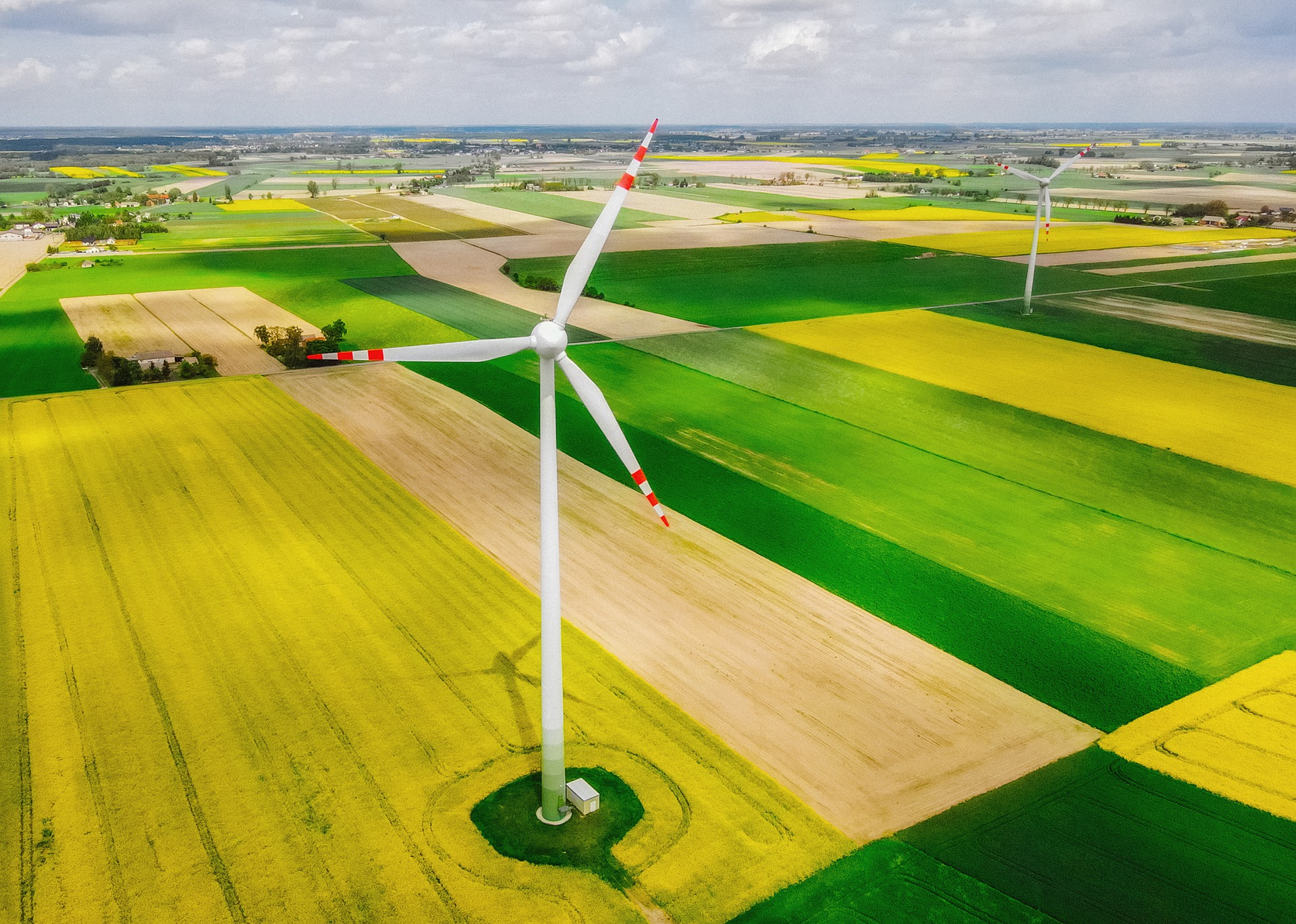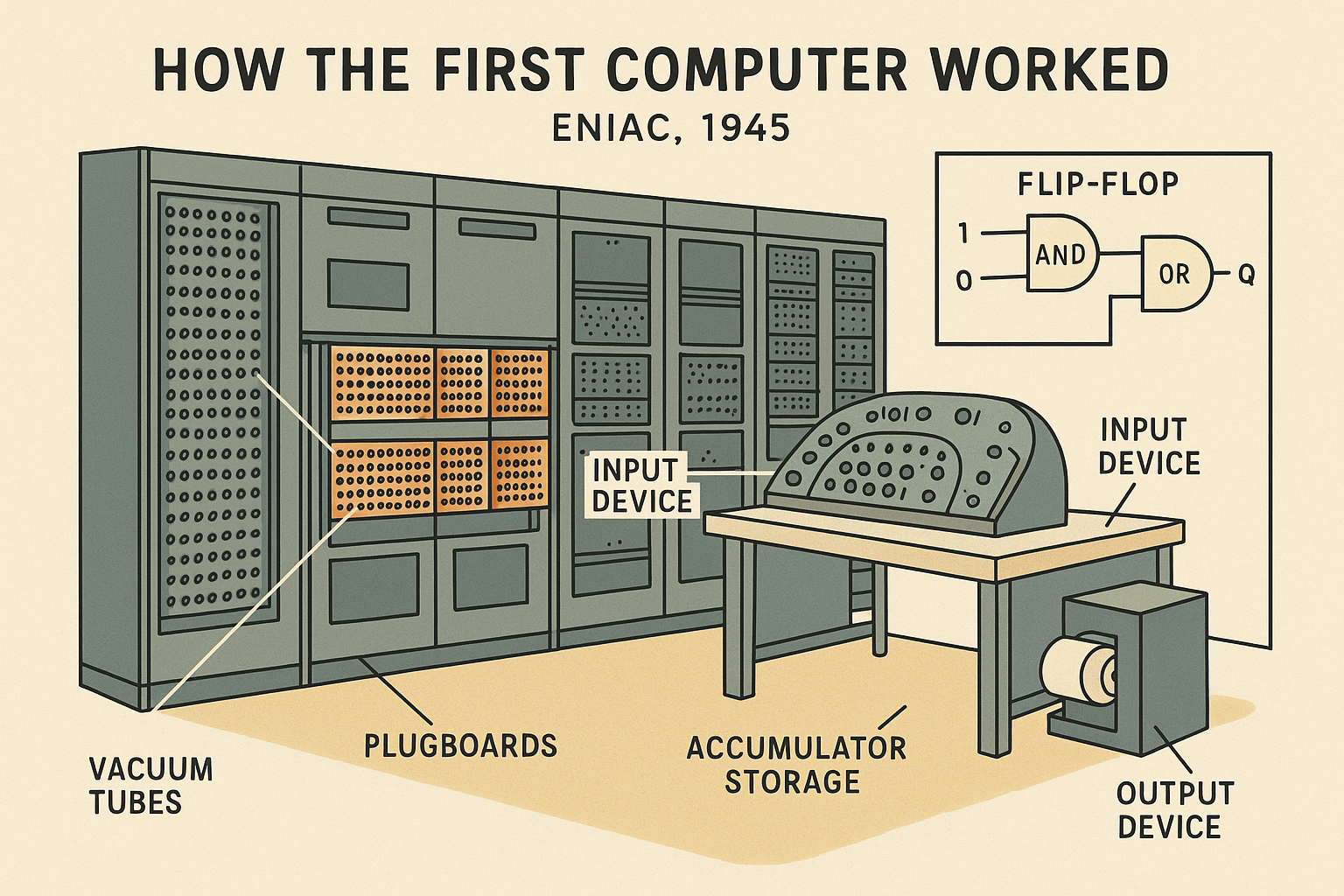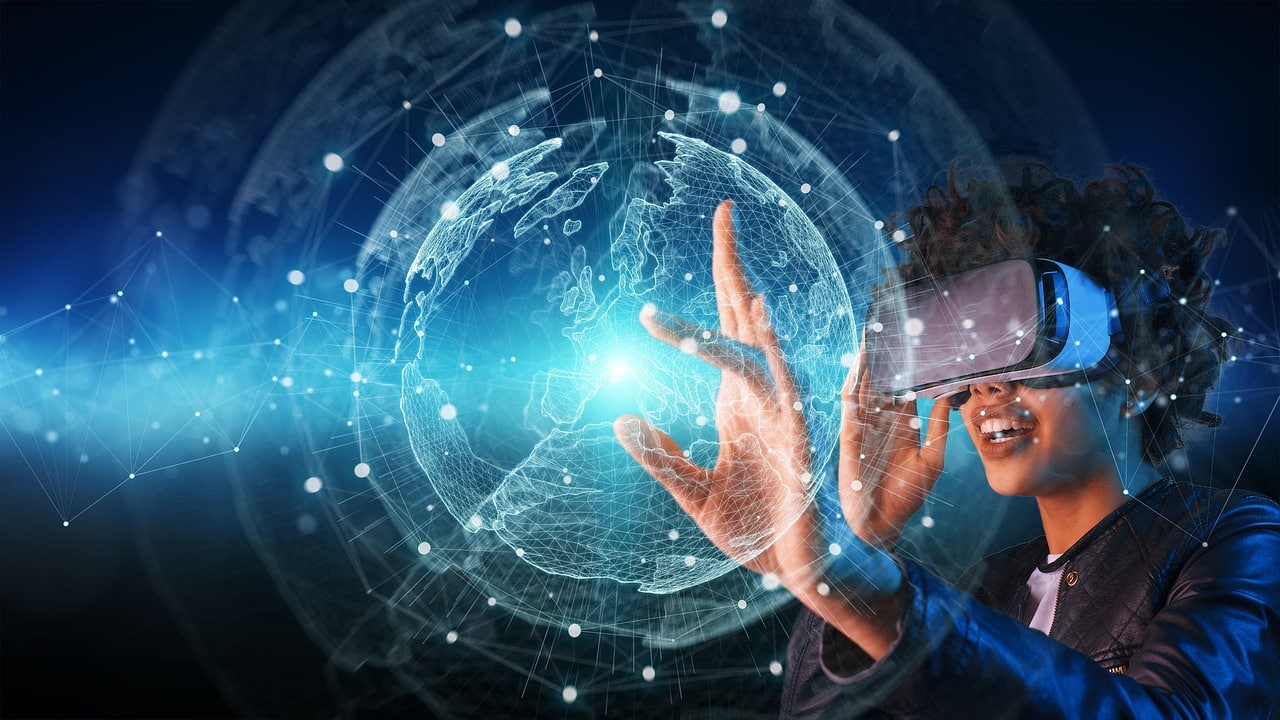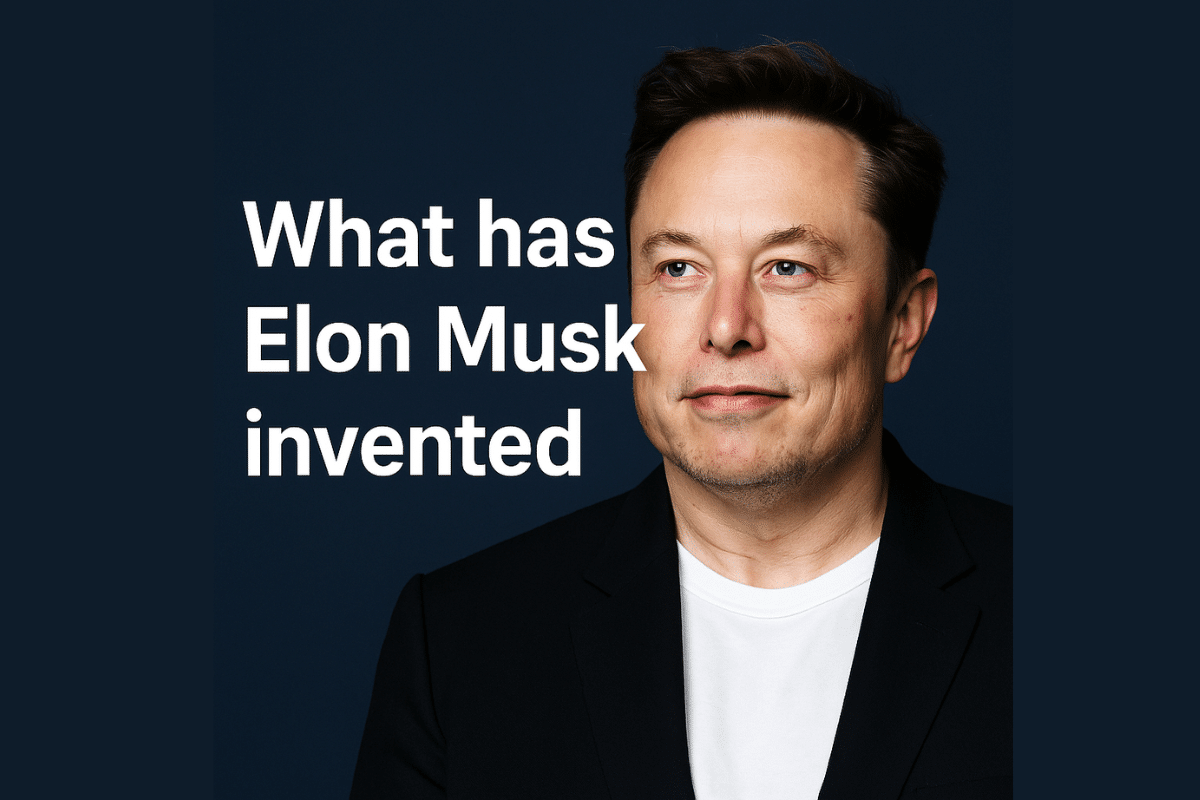
IoT sensors and agriculture: precision agriculture
IoT sensors and precision agriculture
If we talk about IoT, the internet of things, we cannot fail to refer to sensors: devices capable of collecting information on parameters that you want to monitor and then transmit them to other software or devices; these sensors open the doors to the so-called precision agriculture, because they allow, in addition to data collection, to analyze many features that allow for the optimization of processes.
The agricultural sector is one of those in which the IoT can bring the greatest benefits, let’s try to understand why through some examples, especially by focusing on the usefulness of sensors.
IoT sensors and precision agriculture: examples
Soil moisture level
By monitoring the level of soil moisture through the installation of sensors in different points of a field, it is possible to activate the irrigation remotely only when necessary. We therefore move from periodic programming, which does not take into account, for example, the contribution of rains (which must be manually balanced), to intelligent management: a sensor can therefore communicate to an IoT device that in a given period of time there is no it is the need to irrigate the fields, or vice versa, that it is a period of particular drought in which more irrigation is needed. By proceeding in this way, the use of water is firstly optimized, significantly reducing unnecessary waste, and at the same time improving the yields of agricultural land and the quality of products.
Parasites
An extremely hot topic in agriculture, precision and otherwise, is the use of pesticides. From insects to plant diseases, there are many factors that can ruin, even completely, an entire crop. For this reason it is practically necessary to use pesticides: fortunately, over time we have passed from the use of chemical poisons to more bio-oriented solutions, with allowed chemical components, such as sulfur, or to green solutions that involve introducing natural enemies of parasites. The problem, however, is that over a whole calendar year the threats can be different and the effective solution in one season does not always bring results in another. Anyone who has managed even simply the plants on their own balcony knows the unexpected events caused by both heat and cold. IoT sensors allow for greater visibility of these factors and, through connection to ad hoc software, sometimes also supported by artificial intelligence, can suggest effective solutions as the weeks go by. Each crop has different characteristics and, especially in those lands where crops are alternated from year to year, a precise study of threats and pests is necessary. It is therefore an eco-sustainable innovation, because it further distances the agricultural world from chemical poisons, allowing the discovery of new natural products, ideal for solving the specific problem.
Fertilizer
Another pillar of agriculture is the use of fertilizers. The fertilizer allows the correct development of crops, but nowadays there are different types and it is also necessary to correctly dose their use. Also in this case, a chemical analysis of the soil through sensors can suggest variations and modifications useful for optimizing processes, reducing costs and increasing revenues.
Precision agriculture and agriculture 4.0 do not want to replace or revolutionize the classic concept of agriculture, but simply to evolve it, introducing innovations in which human work and experience remain at the center, but are supported by advanced analysis tools. , which connected to each other optimize work and increase the quality of crops.








